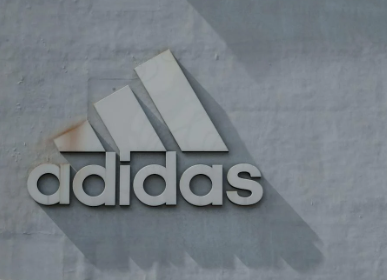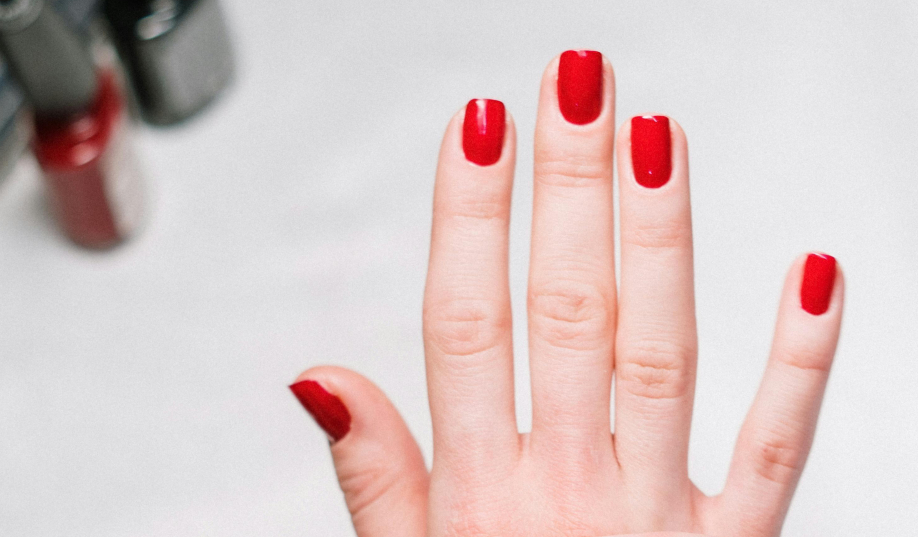Forget Everything! Here is How to Get Healthy Nails Easily

© Freepik
Are you tired of dealing with weak, brittle nails that never seem to grow?
Well, we have got the answer for you! It is time to forget everything you thought you knew about nail care and discover the secrets to achieving healthy, strong nails effortlessly. This is everything you need to know about healthy nails and how to achieve them.
What We Mean by ‘Healthy Nails’?
The nail consists of several components: the nail plate, a hard layer of curved keratin about 0.5 mm thick; the nail bed underneath it; folds surrounding the nail, including the cuticle on the outer edge; and lateral and proximal nail folds on the sides and bottom of the nail plate, respectively.

Underneath the skin lies the matrix, responsible for generating new keratin that pushes the nail plate forward, causing fingernails to grow. The lunula, a visible half-moon shape at the base of the nail plate, is part of this matrix.
Why Should You Have Healthy Nails?
The structural elements of fingernails work together to provide strength and functionality. They protect the fingertips, enhance grip and fine motor skills, and aid in tasks such as picking up objects and scratching, contributing to overall hand dexterity.
Unhealthy-looking nails may indicate underlying health issues. Research shows that about half of nail disorders stem from infections, 15 percent from inflammatory or metabolic conditions, and 5 percent from malignancies or pigment disturbances.

When Are Your Nails Healthy?
Your nails are healthy when:
- They are smooth on the surface. A smooth nail surface indicates good nail health. Horizontal ridges can signal vitamin deficiencies or diabetes, while nail pits may result from conditions like psoriasis or eczema. Vertical ridges running from cuticle to tip are typically harmless and considered a normal part of aging.
- They are thick. Research shows that the average thickness of healthy nails ranges between 0.481 and 0.397 millimeters (mm). Deviations from this thickness, whether thinner and prone to breakage or thicker, may indicate unhealthy nails.
- They are pink. The healthiest nail color is pinkish underneath with white tips.
What About Unhealthy?
On the other hand, look out for:
- Brittle Nails. Onychoschizia, or nail splitting, refers to nails that are soft, brittle, and thin, according to the American Osteopathic College of Dermatology (AOCD). Brittle nails can result from various factors such as infections, inflammatory conditions, nutritional deficiencies, hypothyroidism, or aging.
- Soft Nails. Excessively hard nails may indicate past trauma, psoriasis, or fungal infection. On the other hand, nails that are too soft may also hinder their function effectively. Household products like cleaning supplies, laundry detergents, and nail polish remover can contribute to softening nails.
- Discolored Nails. Unhealthy nails exhibit unusual colors, such as yellowish, bluish, or greenish tones, which are not typical. Any color besides a pinkish base may indicate an underlying issue. White or yellow chalky material beneath the nail plate suggests a fungal infection (onychomycosis).
- Pinpricks. Nail pitting, appearing as small pinpricks on the nail surface, can be caused by conditions like psoriasis or eczema, according to dermatologist Debra Jaliman. Treating these underlying conditions typically resolves the pits in the nails.
- Separation. Onycholysis is when the nail plate separates from the nail bed. Causes include infection, injury, side effects from drugs or personal care products, and conditions such as psoriasis or thyroid disease. Nail separation could also indicate melanoma or other serious growths.
How to Take Care of Your Nails
These are some things you can consider:
1. Don’t Use Gel or Acrylic
Frequent use of artificial nails, while convenient for those with difficulty growing natural nails, can lead to peeling and weakening of the nails. To minimize damage, it’s advisable to take breaks between applications.

UV exposure from gel polish used to cure nails is considered a potential risk factor for cancer, though further research is required to fully understand its implications.
Additionally, UV exposure can prematurely age the skin around the nails. The Skin Cancer Foundation recommends applying sunscreen to hands at least 20 minutes before UV exposure to protect the skin.
2. Take Care of Your Diet
Maintain a nutrient-rich diet and consider taking a multivitamin with minerals to support overall health, including nail strength. Nutritional deficiencies can impact nail health significantly.
Before starting any new supplements, consult with your healthcare provider to ensure they complement your existing medications and are safe for you.
3. Try Biotin
Biotin, a water-soluble B vitamin known as vitamin H or B7, must be consumed daily since the body doesn’t store it. It supports hair and nail strength and aids in proper nervous system function.
Food sources include sardines, cooked eggs, and legumes, or it can be taken as part of a B vitamin supplement.
Reminder: Before starting a biotin supplement, consult with your healthcare provider to determine its safety and suitability for you.
4. Be Aware of What Shampoo and Sanitizers You Use
To protect your nails, minimize contact with hand sanitizer and use it sparingly, as the alcohol content can dry out nails and hands, causing them to become brittle. When cleaning, especially with chemical-based products, wear rubber gloves to shield your nails from potentially weakening substances and chemicals.

Using a shampoo designed to strip oils, particularly those for oily hair, can dry out nails and lead to weakness or brittleness. Experimenting with a different shampoo for a few weeks may help determine if it improves nail health.
5. Drink Lots of Water
Adequate hydration is crucial for nail health. Without enough water, nails can become brittle, and prone to breaking and peeling. Drinking sufficient water helps nails retain moisture and maintain strength.
When Should You See a Doctor?
Once you observe any unexpected changes in your nails, such as discoloration, texture or thickness changes, or unusual grooves or pits, it’s advisable to consult a dermatologist for evaluation and guidance.
If changes in your nails can be attributed to an external cause, it is crucial to avoid that activity until your nails strengthen. If unsure of the cause, consulting a dermatologist can help ensure the changes are not indicative of a more serious underlying condition.
What about you? Do you have any nail struggles?
Disclaimer: While we strive to provide accurate and up-to-date information, the content of this article is for informational purposes only and should not be considered medical advice. Each person’s skin is unique, and skincare routines should be tailored to personal needs and concerns. Consult with a qualified dermatologist or healthcare professional before making any significant changes to your skincare regimen or treating any skin-related issues.
You might also want to read: How Much Protein Intake Do You Actually Need?


